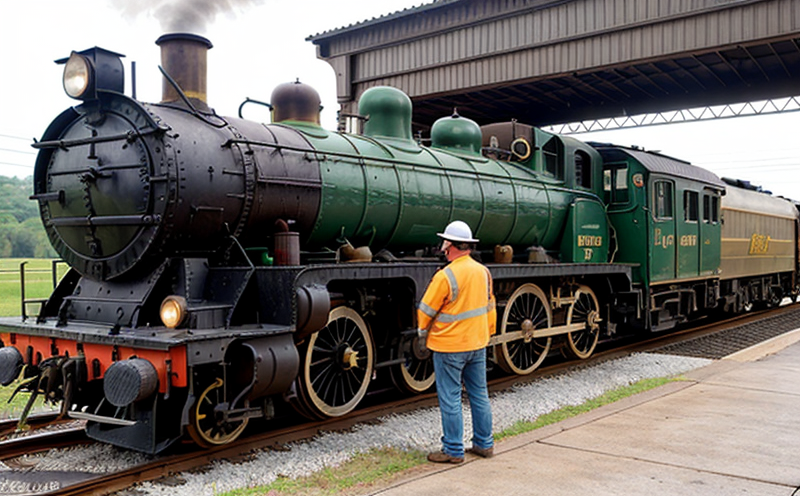Locomotive inspection
In the context of transportation and logistics, locomotives are critical components that ensure reliable and efficient movement of goods and passengers. The integrity of these engines directly impacts operational safety, maintenance costs, and overall performance. Locomotive inspection plays a pivotal role in preventing failures that could lead to accidents or extended downtimes.
Our comprehensive locomotive inspection service uses advanced technologies and methodologies to assess the structural health, wear patterns, and functional capabilities of these powerful machines. This process involves detailed analysis of critical components such as boilers, turbines, axles, brakes, electrical systems, and more. The objective is not only to identify potential issues but also to provide actionable insights that can extend equipment lifespan and enhance operational efficiency.
At the heart of our inspection service lies a commitment to compliance with relevant international standards such as ISO 10816 for vibration analysis, EN 450-3 for brake systems, and ASME Code Section VIII for pressure vessels. These standards ensure that our inspections meet industry best practices and regulatory requirements.
| Standard Reference | Description |
|---|---|
| ISO 10816-3 | Vibration monitoring and analysis for rotating machinery |
| EN 450-3 | Brake systems in railway vehicles - Part 3: Design, testing and approval |
| ASME Code Section VIII | Rules for pressure vessels |
Our team of experienced inspectors employs a combination of non-destructive testing (NDT) techniques, including ultrasonic testing, magnetic particle inspection, and radiographic examination. These methods allow us to assess the condition of components without causing damage, ensuring minimal disruption to operations.
Why Choose This Test
- Promotes operational safety by identifying potential hazards early on.
- Ensures compliance with industry and regulatory standards, enhancing credibility.
- Avoids costly repairs or replacements by preemptively addressing issues.
- Extends the life of locomotive components through proactive maintenance strategies.
Use Cases and Application Examples
Preventive Maintenance: Regular inspections help in scheduling planned maintenance, reducing the risk of unexpected failures during critical operations.
New Equipment Acceptance: Ensuring new locomotives meet all quality standards before deployment into service.
Diagnostics and Troubleshooting: Identifying root causes of operational issues to implement corrective measures promptly.





